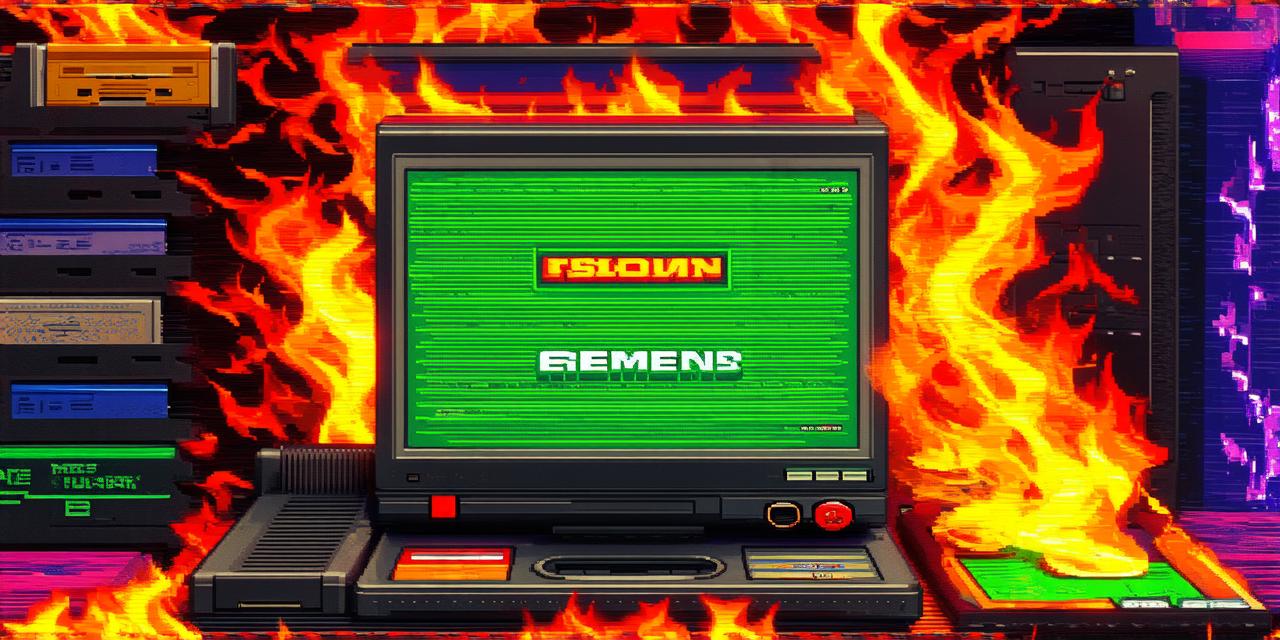Introduction
As a game developer, designing a level that captures players’ attention and keeps them engaged can be challenging. In today’s highly competitive gaming industry, creating a viral video game level is crucial to stand out from the crowd. But with so many factors to consider, where do you begin? This comprehensive guide will walk you through the essential steps to design a viral video game level that will keep players coming back for more.
1. Understand Your Audience
Before you start designing your level, it’s crucial to understand who your target audience is. Knowing their interests, preferences, and gaming habits will help you create a level that resonates with them. For instance, if your target audience is children aged 8-12, your level should be age-appropriate and engaging with colorful graphics and simple gameplay mechanics. On the other hand, if your target audience is adults, your level should offer more complex challenges and thought-provoking puzzles.
Example: The popular mobile game, “Angry Birds,” was designed for a wide range of ages, from children to adults. To appeal to different age groups, the game features various levels with varying degrees of difficulty, from easy to hard. Additionally, the colorful graphics and engaging gameplay mechanics keep players engaged and coming back for more.
2. Set Clear Goals and Objectives
Once you have a good understanding of your target audience, it’s time to set clear goals and objectives for your level. What do you want players to achieve in this level? Do you want them to collect coins, solve puzzles, or defeat enemies? Having a clear understanding of your goals will help you design a level that is challenging yet achievable for your target audience.
Example: In the popular game “Mario Bros,” players’ main objective is to rescue Princess Peach from Bowser. The game features various levels with different challenges, such as jumping over obstacles, collecting coins, and defeating enemies. Each level has a clear goal that players must achieve to progress to the next one.
3. Create an Engaging Environment
The environment of your level is just as important as the gameplay mechanics. A visually appealing environment can capture players’ attention and keep them engaged throughout the level. Additionally, a well-designed environment can create a sense of immersion that makes players feel like they are part of the game world.
Example: The “Fortnite” game has a unique and engaging environment that players love. The game features colorful graphics, dynamic weather conditions, and various locations that players can explore. The environment is designed to be interactive, with players able to build structures, create their own games within the game, and even collaborate with other players.
4. Design Challenging Gameplay Mechanics
Now that you have a clear understanding of your target audience, goals, and environment, it’s time to design challenging gameplay mechanics that will keep players engaged and coming back for more. To create an engaging level, the challenges should be varied and incrementally increase in difficulty as the player progresses through the level.
Example: In the popular game “Portal,” players must solve puzzles using a unique tool called a portal gun. The game features various levels with increasingly complex puzzles that require players to use their creativity and problem-solving skills. The challenges are designed to be challenging yet achievable, keeping players engaged throughout the level.

5. Use Sound Effects and Music
Sound effects and music can significantly enhance a player’s experience in a video game level. Sound effects can create a sense of immersion and provide feedback to the player, while music can set the mood and tone of the level. When designing your level, it’s crucial to use sound effects and music that complement each other and fit with the overall theme of the level.
Example: The “Halo” series features an iconic soundtrack that creates a sense of epic adventure and drama. The game also features various sound effects, such as explosions and weapon fire, that provide feedback to the player and enhance the overall experience.
Summary
Designing a viral video game level requires careful planning and consideration of various factors, including your target audience, goals, environment, gameplay mechanics, and sound effects. By following these essential steps, you can create a level that is engaging, challenging, and fun for players to explore.



